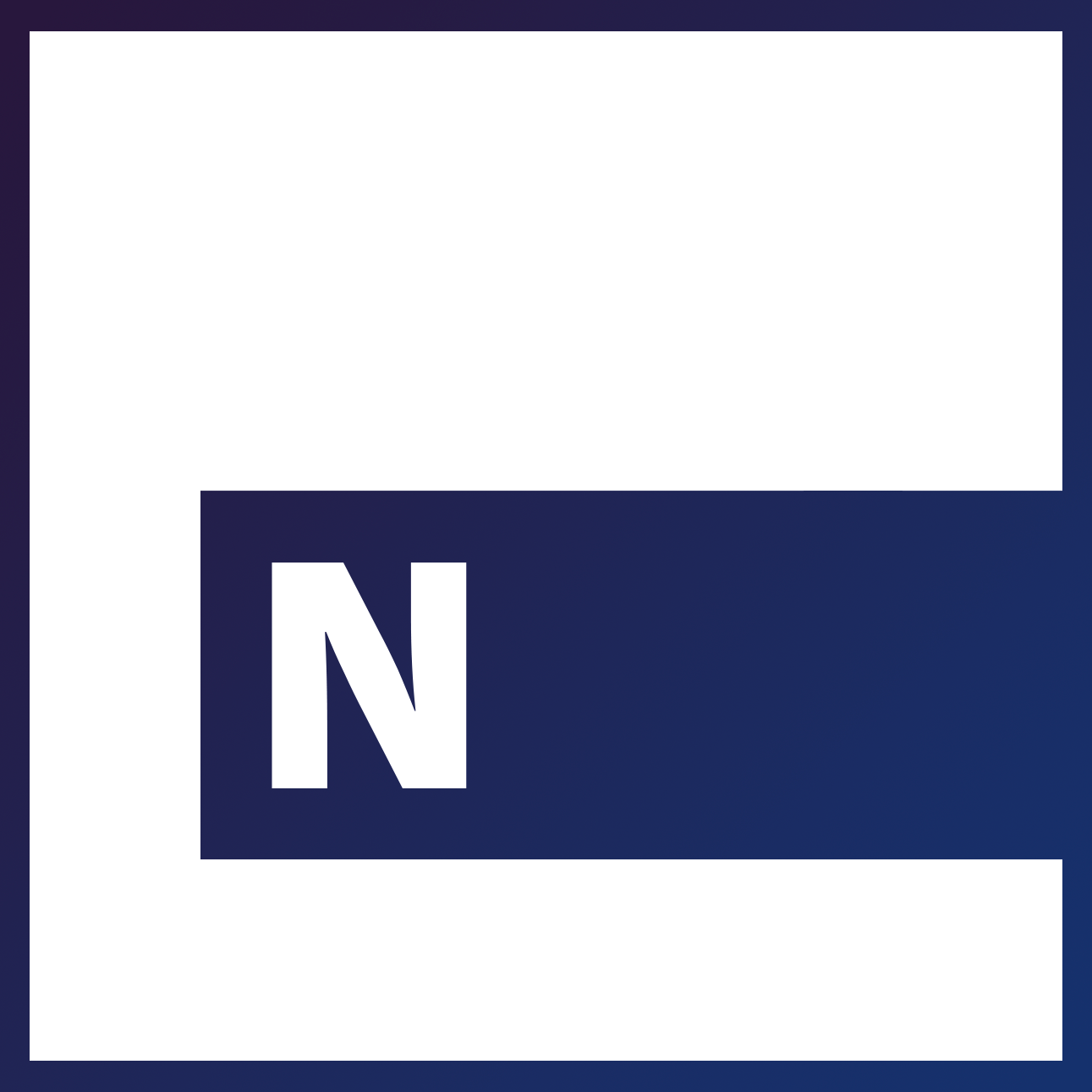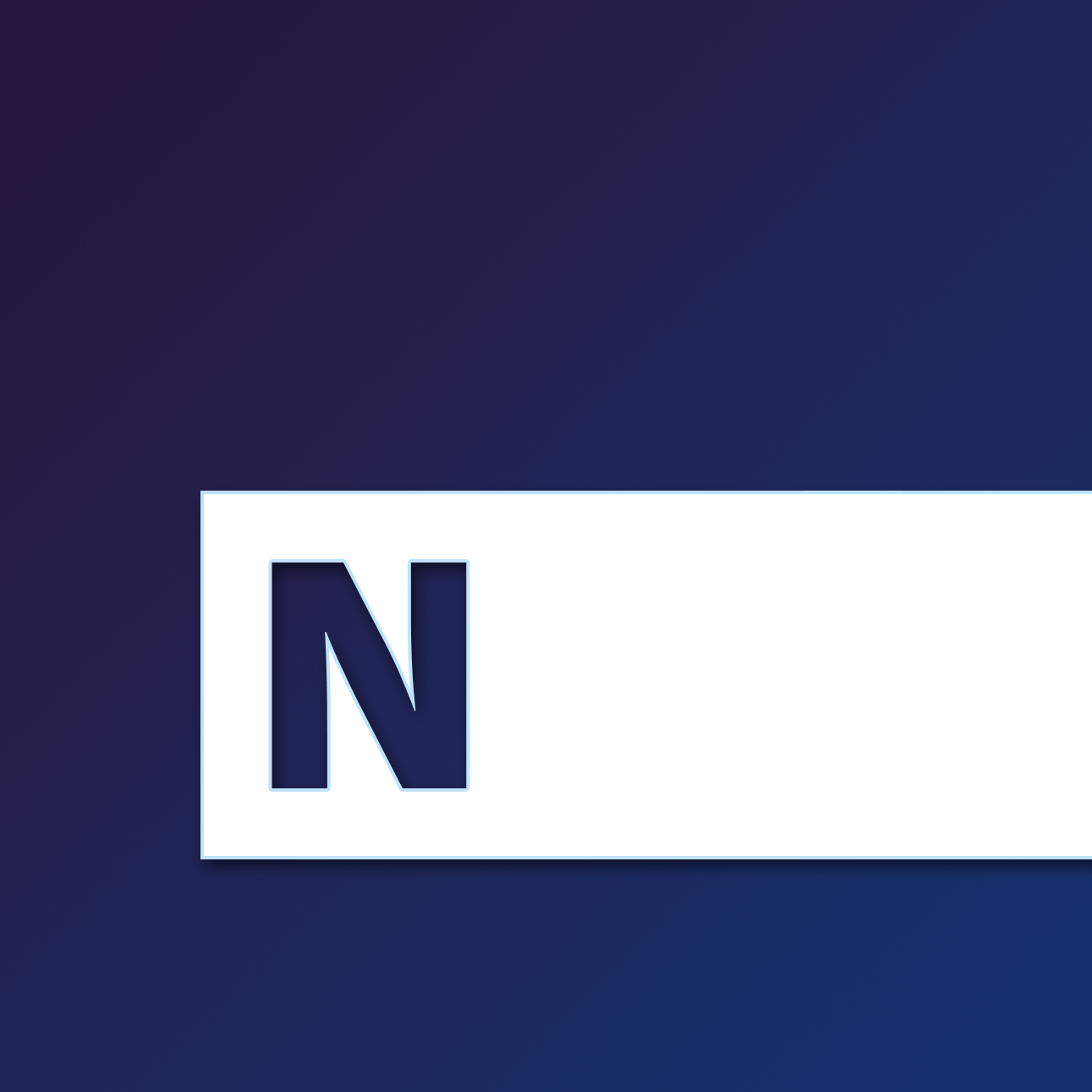The tracking of assets, also known as tangible asset management, is based on barcodes attached to the assets or on GPS or RFID tags that provide their location. It is equally important to manage your assets as to manage your inventory, because you should know their location, their status, their maintenance schedule, and other information about them. Please do not confuse it with the asset management from the world of finance; it is totally different.
The following short article from Nicole Pontius of Camcode, an ISO 9001:2015 certified manufacturer of durable pre-printed bar code labels and customized services for asset-tracking applications based in Cleveland, Ohio, advises us to start by implementing what is known as an asset tracking system, like that one offered by ASAP Systems, in order to maximize asset control efficiency and to minimize equipment loss.
Asset Tracking refers to the method of tracking physical assets, either by scanning barcode labels attached to the assets or by using tags using GPS, BLE, LoRa, or RFID which broadcast their location.
Wikipedia
Nicole believes that by using mobile computers, barcode labels, handheld barcode scanners, and asset management software, you can track your assets in real time, which will lead to better production planning and reduced downtime. As she continues, she discusses the importance of barcode technology for data collection and Asset Tracking so that each asset can be uniquely identified and tracked with business-critical information such as project names or asset categories. She finished her post by listing us ten palpable benefits of Asset Tracking:
- Location of tangible assets at any time and in real time
- Adjustment of organisation’s records at the time equipment is reassigned between departments
- Fewer resources used to conduct the tracking with an asset tracking system
- Lower administrative costs since assets don’t have to be tracked or located manually
- Assets utilized more effectively with reduction of asset losses
- Scale asset tracking system based on company’s needs
- Ensured accountability and accuracy with asset loss and management
- In certain industries, asset tracking is necessary for regulatory compliance
- Make organisation’s physical space more efficient and organised by identifying which items are accessed together and creating a better physical structure
- Improved customer service
With an understanding of Asset Tracking, it’s time to discuss a little about the Internet of Things (IoT), as the following video shows. It refers to an interconnected network of devices is a system of interrelated devices with unique identifiers that can communicate without human or computer interaction and connect to a network to send data.
In a really comprehensive article on TechTarget, Alexander S. Gillis explains how the Internet of Things works, why it is important for businesses, its benefits, its pros and cons, and how IoT standards and frameworks work. Additionally, he discusses the use of IoT in consumer and enterprise settings, as well as smart buildings and industrial IoT (IIoT). Finally, there is a section on security and privacy issues that you should read.
Now we have two fascinating topics, two distinct markets: the Asset Tracking market on the one hand, with $3.93B of worth in 2023 ($55.1B by 2026, growing at 17.1% CAGR according to Research and Markets), and on the other, the IoT market, bigger and more established, with $318B of worth in 2023. Both companies and startups compete with a combination of tangible assets and monitoring activities at stake, using cutting-edge hardware to benefit both. In BtoB: increasing efficiency and reducing costs are always at the core of the promises.
It has become obvious that experts and professionals in these fields, including Thales, a global company with over 80,000 people on five continents investing in digital and “deep technology” innovations, are talking about IoT-enabled Asset Tracking in that kind of publication. This seems like a logical and obvious combination, an extension of Asset Tracking solutions by leveraging what has already been done in the field of IoT. When one serves the other, or when one takes inspiration from the other.
As we have explained, some tracking, tracing, monitoring activity and IoT may be involved and may deal with the management of tangible assets owned by an entity, a company, even an individual. Resulting in what is called: Asset Tracking.
Let’s close this post by reviewing 10 of the best fixed asset management software listed by Capterra. If by opposition to digital Asset Tracking (DAM), fixed Asset Tracking became or is already a reality, you’ll need this type of software:
- Limble CMMS, rated 4.8 out of 5 based on 116 reviews
- MaintainX, rated 4.7 out of 5 and 244 reviews
- eWorkOrders CMMS, rated 4.9 out of 5 based on 62 reviews
- A1 Tracker, rated 4.9 out of 5 and 55 reviews
- Asset Panda, rated 4.6 out of 5 based on 1,225 reviews
- UpKeep, rated 4.7 out of 5 and 1,233 reviews
- Infraspeak, rated 4.8 out of 5 with 73 reviews
- Parkable, rated 4.9 out of 5 based on 30 reviews
- AssetTiger, rated 4.7 out of 5 based on 123 reviews
- Reftab, rated 4.8 out of 5 and 38 reviews
Share this elsewhere:
Benjamin Caumeil
As a doctor of psychology, Ben joined the French Institute of Sports (INSEP) in 2020, working on psychological outcomes to returning to sport after suffering an injury. In December of 2021 he founded timeNough Europe Inc. with best friend Arnaud M. Lagardère, convinced of the dramatic impact enterprise softwares could have on employees' anxiety, mental health, enjoyment and gratification.
Related Posts
26 December 2021
Information Security or Security Software? 4 ways to be reassured
Based on free, public and dedicated content, an Information Security…
23 December 2021
A discipline called Business Process Management
In contrast to BPM, a BPMS is a suite of tools designed to help BPM…
21 December 2021
Software answers to SCM: Supply Chain Management
Supply Chain Management software provide real-time analytical systems that…





